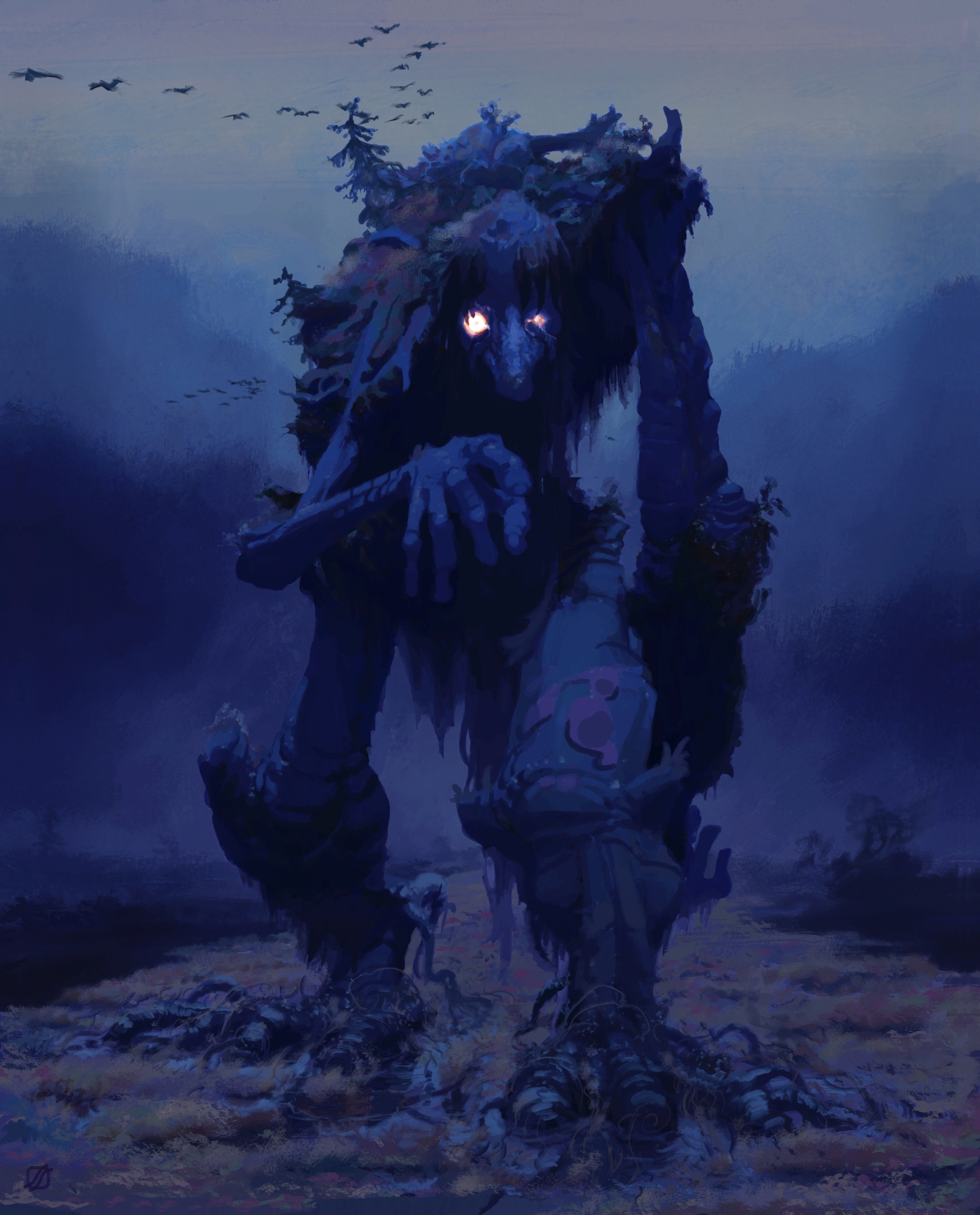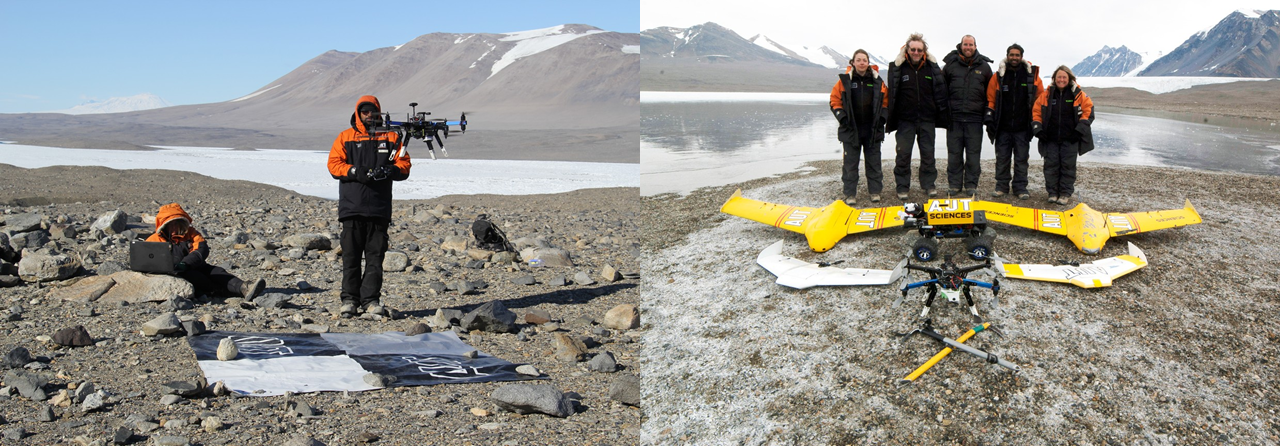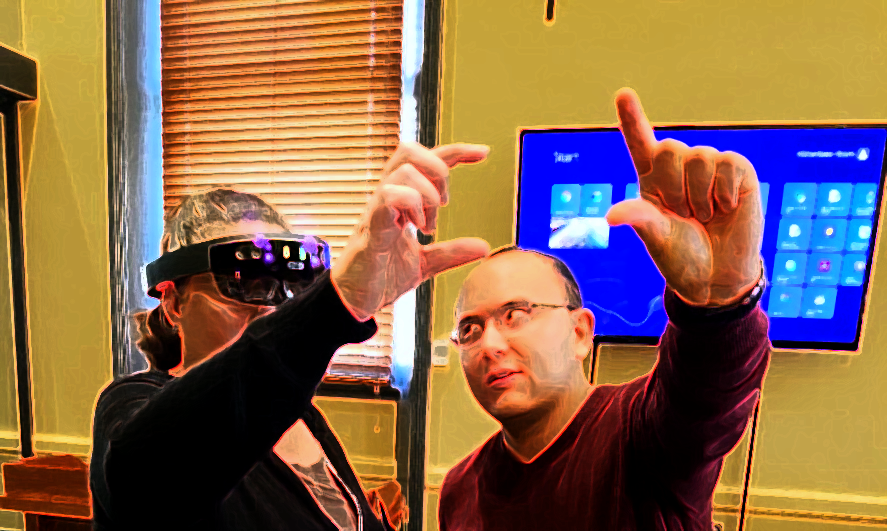Limited free paper on AR that speaks native names of flora back to you, “Audio-augmented arboreality: wildflowers and language”, published in Digital Creativity, Volume 32 Issue 1. First 50 copies are free.
(Image by Dr Hafizur Rahaman).


Limited free paper on AR that speaks native names of flora back to you, “Audio-augmented arboreality: wildflowers and language”, published in Digital Creativity, Volume 32 Issue 1. First 50 copies are free.
(Image by Dr Hafizur Rahaman).

My presentation slides for virtual The Interactive Pasts Conference Online 2 (TIPC2), (held 5-6 November, notionally, at Leiden) are on slideshare.
The twitch stream for the conference is at https://www.twitch.tv/valuefnd (my talk from yesterday is on there somewhere).
This paper explores Assassin’s Creed: Odyssey as a way to explore idyllic historic landscapes and heritage sites with some degree of questing and simulated danger. It applies Assassin’s Creed: Odyssey in two ways, as discovery tour option mode and as a metaphor to explore in more general and speculative terms how questing and historical dilemmas and conflicts could be incorporated into both fan tourism and cultural/historical tourism (Politopoulos, Mol, Boom, & Ariese, 2019).
Keza MacDonald views Assassin’s Creed as a virtual museum, Ubisoft regards it as the recovery of lost worlds: “ “We give access to a world that was lost” said Jean Guesdon (MacDonald, 2018). “Discovery Tour will allow a lot of our players to revisit this world with their kids, or even their parents.”
Origins’ Discovery Tour mode “promises” educational enlightenment (Thier, 2018; Walker, 2018); Odyssey’s additional Story Creator Mode (Zagalo, 2020) adds personalized quests. Beyond the polaroid fun of sharing landscape selfies with other players and ancient history voyeurs across the Internet, there is also the prospect of “Video game–induced tourism: a new frontier for destination marketers” (Dubois & Gibbs, 2018). Plus physical location VR games. Game company Ubisoft created escape game VR and virtual tours inside physical exhibitions such as Assassin’s Creed VR – Temple of Anubis (Gamasutra Staff, 2019). Is there a market for historical playgrounds as virtual tourism?

[Image care of Ian Brodie, HIDDEN and below supplied by Barbara Bollard]
Galleries Libraries Archives and Museums, meet eTourism and Digital Heritage!!
Speakers:
Dr Christina Lee will MC the event.


This workshop, an introduction to Linked Open Data, will have two presenters:
1 Enriching Historical Narratives with Structured Data 2-4PM
Historians create linked open data all the time, they just don’t know it. Much of their research is focused on documenting the relationships between people, places, events, and sources. But these rich data structures are squeezed out of publications. The LODBooks project is an attempt to put the data back into historical narratives.
Presented by Associate Professor Tim Sherratt, University of Canberra.
2 Linked Open Data on the HoloLens 4-5PM
Bring your own geolocational data or use the data provided to see how geodata can be used in the Microsoft HoloLens.
Presented by PhD candidate, Mafkereseb Bekele, Curtin University.
Complimentary tea and coffee will be provided during the workshop, thanks to the generous support of Curtin University Library. Associate Professor Tim Sherratt is here thanks to the generous support of a Pelagios working group grant that is funding the 27 July Symposium “Landscape Data Art & Models as Linked Open Data” in the HIVE.
Eventbrite URL here.
Editor(s): Robyn Gillam, Jeffrey Jacobson, Published: 30-07-2015 Format:PDF eBook
See more at: http://www.bloomsbury.com/au/the-egyptian-oracle-project-9781474249256/#sthash.HybJBxFg.dpuf
For more than 2,000 years, between 1500 BCE and 600 CE, the Egyptian processional oracle was one of the main points of contact between temple-based religion and the general population. In a public ceremony, a god would indicate its will or answer questions through the movements of a portable cult statue borne by priests or important members of the community.
The Egyptian Oracle Project is an interactive performance that adapts this ceremony to serve as the basis for a mixed-reality educational experience for children and young adults, using both virtual reality and live performance. The scene is set in a virtual Egyptian temple projected onto a wall. An oracle led by a high priest avatar (controlled by a live human puppeteer) is brought into the presence of a live audience, who act in the role of the Egyptian populace. Through the mediation of an actress, the audience interacts with the avatar, recreating the event.
The series of carefully focused essays in this book provides vital background to this path-breaking project in three sections. After a brief introduction to educational theatre and virtual reality, the first section describes the ancient ceremony and its development, along with cross-cultural connections. Then the development of the script and its performance in the context of mixed-reality and educational theatre are examined. The final set of essays describes the virtual temple setting in more detail and explores the wider implications of this project for virtual heritage.
PART II The Performance
Chapter 4: Technical Description (Jeffrey Jacobson)
Chapter 5: Mixed Reality Theater and the Oracle (Josephine Anstey and David Pape, University of Buffalo, New York, USA)
Chapter 6: Educational Purpose and Results (Jeffrey Jacobson)
PART III The Technology
Chapter 7: Puppetry and Virtual Theater (Lisa Aimee Sturz, Red Herring Puppets, Asheville, North Carolina, USA)
Chapter 8: Introduction to Virtual Heritage (Erik Champion, Curtin University, Perth, Australia)
Chapter 9: The Virtual Temple: Construction and Use (Jeffrey Jacobson)
Conclusion (Robyn Gillam and Jeffrey Jacobson)
What you could do is build a brochure that when held up to the webcam of a laptop etc or even a phone would produce an apparent ‘3d’ image.
Anyone played with the above for conferences and exhibitions?
Some software I know of
The Magicbook from the HITLab
http://www.hitlabnz.org/index.php/research/augmented-reality?view=project&task=show&id=54
Commercial
https://www.layar.com/
http://www.metaio.com/products/creator/
This is a commercial Australian-NSW company who might provide proof of concepts/examples
http://www.augmentedrealitydevelopment.com.au/products/augmented-reality-development/
Open source: augment for print (MQ Uni, with instructions)
https://wiki.mq.edu.au/display/ar/Systems
Please advise me of more!
http://learnar.org/bio_organs_demo.html
one of the most impressive flash augmented reality examples I have seen lately, and it works with my mac!